I have a ViewPort3D element in a multi-device application form that being filled with a large number of TRectangle3D elements (anywhere from 1 to 10000) with LightMaterialSource applied to them, which all need to be rendered dynamically since I'm also rotating the camera using the following procedure:
procedure TForm3.Viewport3D1MouseMove(Sender: TObject; Shift: TShiftState; X, Y: Single);
var
I: IViewport3D;
begin
if ssRight in shift then
begin
I:=ViewPort3D1;
with tdummy(I.CurrentCamera.Parent) do RotationAngle.X:=RotAng.X - Y;
with tdummy(I.CurrentCamera.Parent.Parent) do RotationAngle.Y:=RotAng.Y + X;
end;
end;
However the performance of the ViewPort3D begins to drop noticeably when the number of rectangles rendered approaches at least several dozen. The camera rotation gets slower and more unresponsive the more rectangles are added to the viewport up to the point of becoming a slideshow.
Is there a way to improve performance of the ViewPort3D without deleting said rectangles?
I've tried using setting the Multisample property to "none": ViewPort3d1.Context.SetMultisample(TMultisample.None) as well as removing MaterialSource from all the rectangles. While it did help a little with the performance, it didn't solve the problem entirely.
